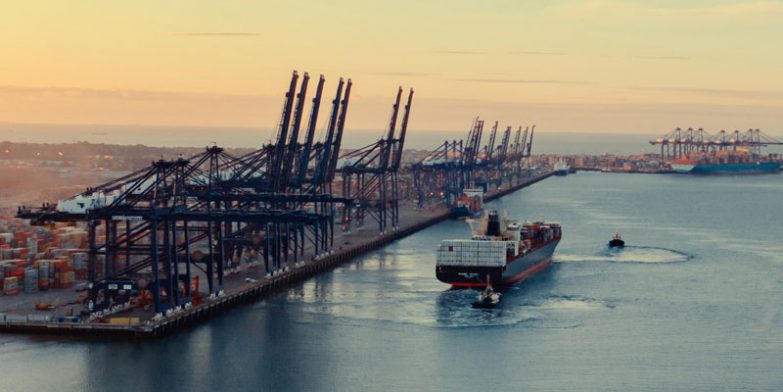
Despite vocal shipper complaints and the EU’s subsequent action on CBER, there’s no compelling case that carriers abused market power during the pandemic. In fact the extraordinary impact of COVID on supply chains means that freight rates would have soared with or without the CBER, simply because of supply and demand.
And it is that simple equation that will continue to define the container shipping lines’ fortunes (or lack of) in 2024, because what ultimately happens is entirely in their hands and it is their supply/demand decisions that will determine how the year plays out.
Flush with their COVID-peak cash the carriers drove the new vessel order book up to nearly 30% of the global fleet at a time when demand was never going to be sustained at the levels seen in 2021 and 2022 and now they have to decide how to mitigate the impact of overcapacity.
With the two largest carriers rumoured to be sitting on a cash pile of 80bn USD they could potentially start a rate war to drive weaker carriers out of the market, but given the amount of market share gained, would it really justify the costs involved.
The JOC recently made the point that despite hyperventilating headlines proclaiming a rate war earlier this year, it wasn’t a rate war that led transPacific spot rates to the West Coast to plummet by more than 80% since early 2022 and about 25% since August, it was the market adjusting to the unclogging of ports and a sharp decline in volume. They pointed at few signs of carriers engaging in predatory pricing to gain customers and market share at the expense of competitors.
Those are the tactics that would wipe out carrier profits and leave the industry in the same, mostly unprofitable, position it was in prior to the pandemic.
Carriers still appear to be yield-driven, searching for profits however elusive they might be, and reverting to their tried-and-trusted posture of aggressively controlling costs.
Looking forward to 2024, expect more blank sailings, slow steaming, delayed new-build vessel deliveries, routing around the Cape of Good Hope to save Suez Canal fees and absorb capacity and increased scrapping.
Ocean carriers in the eastbound trans-Pacific say capacity reductions they have implemented on the trade this year are likely to continue at least for the next five months, with US imports expected to remain muted through.
An intense focus on cost makes it more likely that certain carriers will deliver consistent service as that would mean fewer blanked sailings and more capacity would need to be filled through aggressive rate actions. Bottom line: An all-out war among the carriers is not likely to break out.
We leverage long established contacts across the shipping alliances, with individual carrier connections that are built on years of investment and personal relationships.
These relationships already give our customers access to the widest range of service offerings, port-pairings and rates and they will be maintained, however the container shipping sector evolves.





